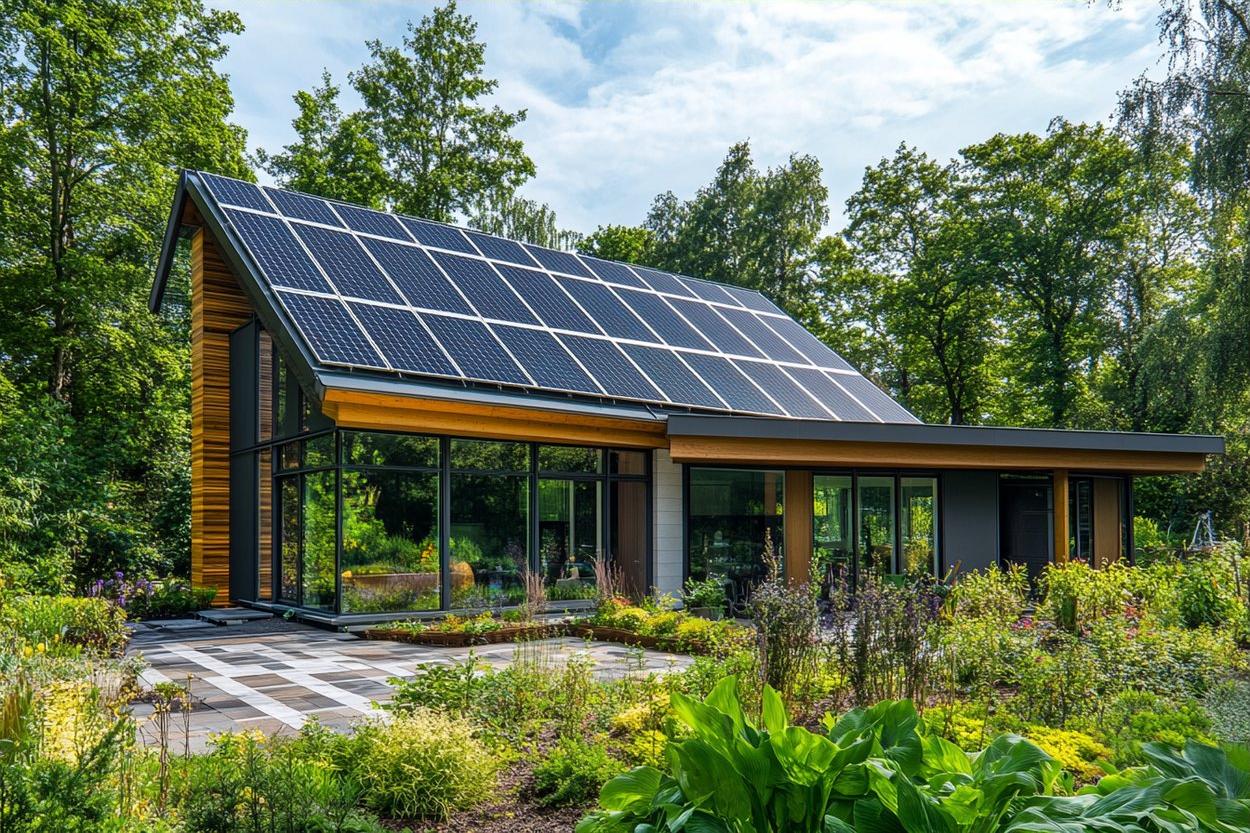From outdated to upgraded: how Australians are remodeling in 2025
Aussie homeowners are reimagining spaces with better airflow, natural light, and energy-saving features. In 2025, remodelling means balancing sustainability and lifestyle. Discover what trends are making an impact down under — from smart tech to climate response.

What are the top renovation ideas for Australian homes in 2025?
In 2025, Australian homeowners are focusing on creating versatile spaces that adapt to their evolving lifestyles. Open-plan living areas continue to dominate, with a twist towards multi-functional zones that can easily transition from work to play. Smart storage solutions are being integrated seamlessly into designs, maximizing space efficiency without compromising aesthetics.
Another prominent trend is the incorporation of biophilic design elements, bringing the outdoors in through the use of natural materials, green walls, and large windows that frame picturesque views. This approach not only enhances the visual appeal of homes but also promotes a stronger connection with nature, contributing to improved mental well-being for residents.
How are Australians prioritizing sustainable home upgrades?
Sustainability has become a cornerstone of home remodeling in Australia. Homeowners are increasingly opting for energy-efficient appliances, solar panel installations, and smart home systems that optimize resource consumption. Water conservation is also a key focus, with the integration of rainwater harvesting systems and drought-resistant landscaping gaining popularity.
Many renovators are choosing eco-friendly materials such as recycled timber, low-VOC paints, and sustainable bamboo flooring. These choices not only reduce the environmental impact of renovations but also create healthier living spaces for occupants. Additionally, the implementation of passive design principles, such as proper insulation and strategic window placement, is helping to minimize reliance on artificial heating and cooling systems.
What design trends are shaping coastal living in Australia?
Coastal living in Australia is embracing a more refined and sophisticated aesthetic in 2025. The traditional beach house look is evolving into a style that combines relaxed comfort with modern elegance. Neutral color palettes inspired by sand, sea, and sky are being accented with pops of muted pastels and earthy tones.
Texture plays a crucial role in coastal design, with natural materials like rattan, jute, and weathered wood adding depth and warmth to interiors. Large, floor-to-ceiling windows and sliding glass doors are being installed to capitalize on ocean views and create a seamless indoor-outdoor flow. Coastal homes are also incorporating durable, salt-resistant materials to withstand the harsh marine environment while maintaining their aesthetic appeal.
How are Australians approaching budget-friendly remodeling?
In 2025, budget-conscious Australians are finding creative ways to refresh their homes without breaking the bank. DIY projects have gained significant traction, with homeowners tackling tasks like painting, tiling, and minor carpentry work themselves. Online tutorials and virtual workshops have made it easier than ever for people to acquire new skills and confidently undertake home improvement projects.
Upcycling and repurposing existing furniture and materials have become popular ways to save money while adding character to spaces. Thrift store finds and vintage pieces are being given new life through restoration and creative reimagining. Additionally, homeowners are opting for phased renovations, tackling one room or area at a time to spread costs over a longer period and minimize disruption to daily life.
What unique trends are emerging in Australian home remodeling?
One of the most exciting trends in Australian home remodeling is the integration of indigenous design elements and native landscaping. Homeowners are incorporating aboriginal art, patterns, and color schemes into their interiors, creating spaces that celebrate Australia’s rich cultural heritage. Native gardens featuring drought-resistant plants are replacing traditional lawns, providing low-maintenance outdoor areas that support local ecosystems.
Another unique trend is the rise of “smart” outdoor entertaining areas. Australians are investing in high-tech alfresco spaces equipped with weather-resistant audiovisual systems, automated lighting, and climate control features. These upgrades allow for year-round outdoor enjoyment, regardless of weather conditions.
How are open-air extensions and alfresco spaces being reimagined?
Open-air extensions and alfresco spaces have become essential features of Australian homes in 2025. Homeowners are creating seamless transitions between indoor and outdoor areas through the use of bifold doors, retractable roofs, and level thresholds. These design choices not only expand living spaces but also improve natural ventilation and light throughout the home.
Outdoor kitchens have evolved beyond basic barbecue setups to include fully equipped cooking stations, pizza ovens, and even temperature-controlled wine storage. Multi-functional outdoor furniture and weather-resistant fabrics allow these spaces to serve as comfortable extensions of the indoor living areas. Additionally, the integration of vertical gardens and living walls in alfresco spaces is helping to create lush, private retreats in urban environments.
Prices, rates, or cost estimates mentioned in this article are based on the latest available information but may change over time. Independent research is advised before making financial decisions.
In conclusion, Australian home remodeling in 2025 is characterized by a harmonious blend of functionality, sustainability, and aesthetic appeal. Homeowners are prioritizing designs that reflect their lifestyle needs while also considering environmental impact and long-term value. As the renovation landscape continues to evolve, it’s clear that Australians are embracing innovative solutions to create homes that are not only beautiful but also future-proof and in tune with the unique demands of the Australian climate and culture.




